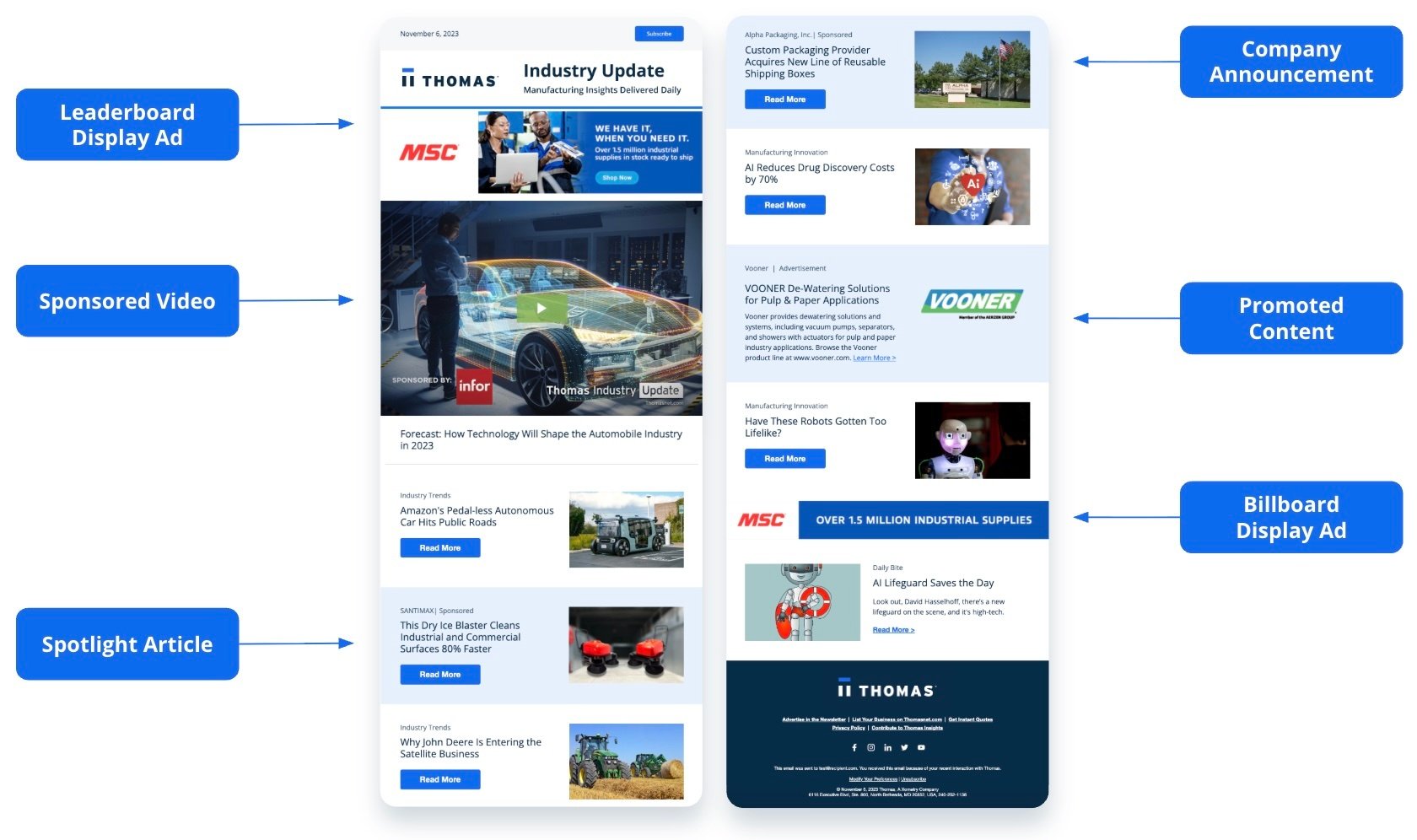6 Tips For Revision And Self-Editing For B2B Marketers
Jessica Mangiafico June 2, 2020
Writing good quality content can be a lot of work, especially if your team is small or you're both the writer and editor. If you don’t consider yourself a natural writer, there are a few ways you can still create great content. Transform your mediocre rough draft into a stellar final copy by following the tips below.
1. Check Your Outline: Look For Key Points
Once you finish writing, read through your work alongside your outline. (You created an outline, right? It helps — trust us.) It's a great way to make sure all your key points, phrases, and sections are there, along with supporting details and examples. You don't just want to explain why something happened or is worth your time; you need to help your reader visualize it.
Save the puns and plays on words, and consider what your content is really about. Refer back to your marketing goals — why should your audience care about this piece of content you're working on?
2. Make Sure Your Content Is Aligned On All Platforms
It’s almost like a cruel trick: you read a great headline or Twitter post, click the link, and expect to see more of the same: useful information, instruction, advice, or humor.
Once you get to the article, though, it all falls apart — poor writing, worn-out topics, or it’s just plain boring. You can spend all the time you want on a killer headline — it might even get you some better click metrics — but without the quality content to back it up, it’ll never turn into leads or customers. Make sure your headline, content, and CTAs have the same messaging. If you're running a paid advertising campaign to drive to new content, make sure the copy of your advertisements is also aligned. You don't want to mislead a customer or turn away prospective new ones.
Dive Deeper: 30 Industrial Lead Generation Tips, Tricks, And Ideas
3. Improve Your Sentences: Use Online Writing Tools
After you give your draft a thorough read-through for key points, go back again and start editing sentences that need work. Combine or separate sentences, change sentence structure, and replace phrases to enhance your writing.
Some important things to look out for and eliminate include:
- Redundant sentences: A waste of space ─ don’t make your audience read more than they need.
- Passive voice: Use the active voice whenever possible to make powerful statements.
- Adverbs: They clutter sentences. Instead, opt for a stronger verb.
A great tool to use for this process is the Hemingway App. It highlights complicated sentences, phrases with simpler alternatives, adverbs, and the passive voice.
Read More: Must-Have Digital Marketing Apps And Tools
4. Write With Clarity: Make Your Content Valuable
The most important thing to strive in the revision stage is clarity. You want your readers to get something valuable out of your piece. Help them do this by making your writing clear and concise.
Obviously, in our industry, there are some key phrases and jargon that are crucial to a reader's understanding, but there's a difference between using unnecessarily complicated words and writing for the audience. Simplicity goes a long way. You’re not doing anyone any favors by promising something other than what they’ll find if they click your link or read your piece. Using buzzwords that only loosely relate to your content to attract readers is another great way to kill interest.
5. Ensure Readability: Don’t Be Verbose With Technical Concepts
While the concepts may be abstract, a technical piece should not be hard to read. In explaining a difficult and highly technical concept, you want the reader to understand what you are saying.
Again, just because the subject matter is complex doesn't mean your writing has to be. Could you explain the benefits of your process to your 11-year-old nephew? Would your audience engage with this or drown in technical terms? Is this easy to follow? Is it so complex that I had to read it twice?
If you're getting a headache while writing for your audience, it's likely it won't be well-received by your prospects and network. You may want to consider creating a video to supplement your technical content or if your content is too complex to write about. Studies have shown that 89% of consumers who watch a product video purchase a video than those who don't watch a video. Thomas offers free video content production for manufacturers and industrial companies — get started here.
6. Final Review: Spellcheck, Grammar, And Peer Edits
Run your content through an application, like Microsoft Word or Grammarly, to check for spelling and grammar errors. Always have someone else look over the piece when you finish your edits, as they might pick up on something you missed, or have a few changes that will improve it even more.
These techniques will give you the power to transform a rough draft into valuable content for your blog or website.
There are many great resources online to help you out with writing and marketing as a whole, but it can be tough to keep up with best practices. Check out our free resources here for B2B marketers and business owners in the manufacturing and industrial space. Thomas also has industrial and technical writers on deck to help bring your content marketing ideas to life — learn more about our marketing services specifically for manufacturers here.
Did you find this useful?









